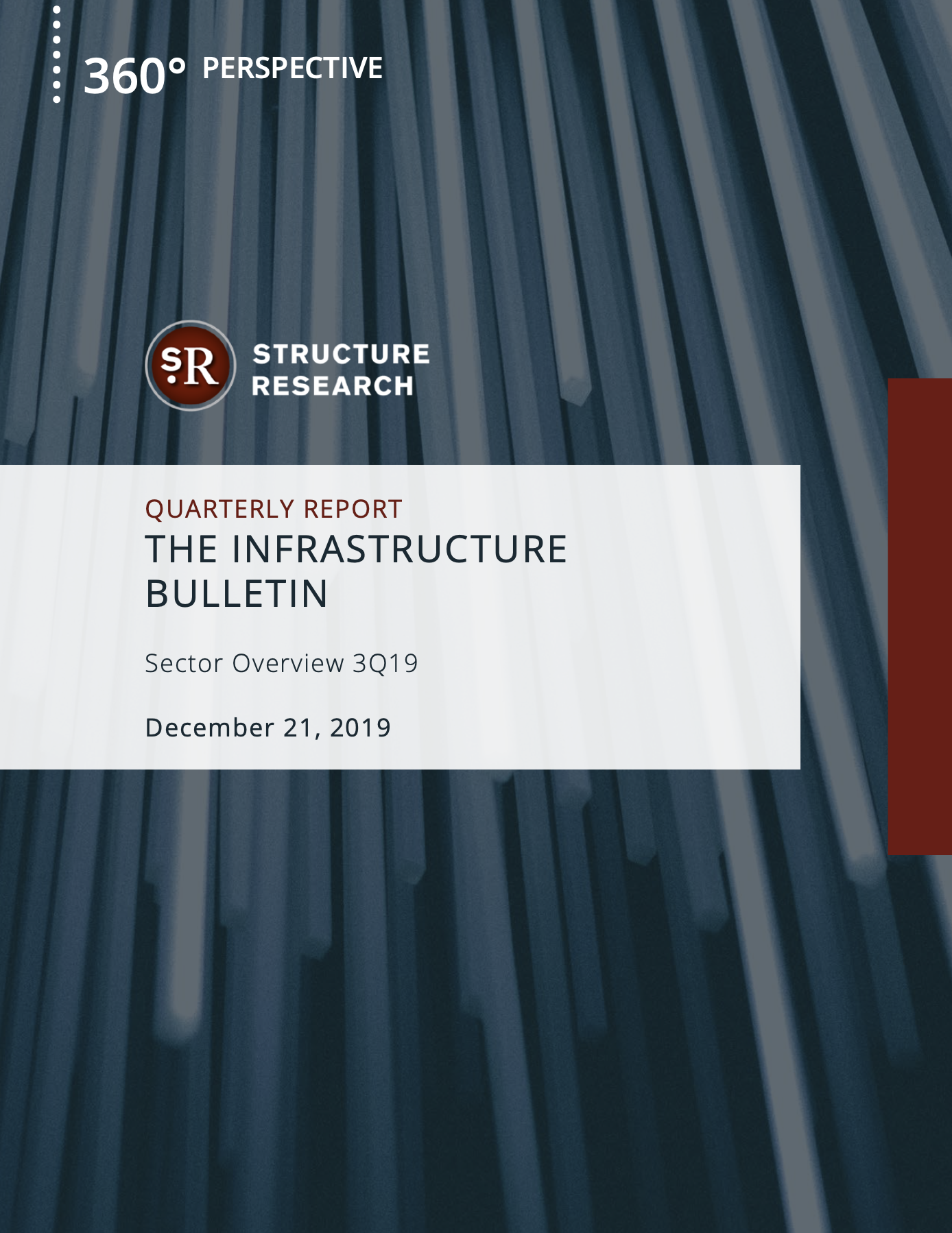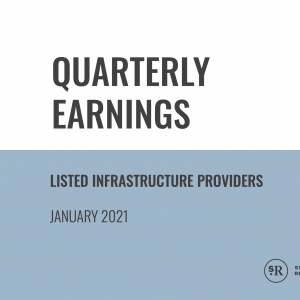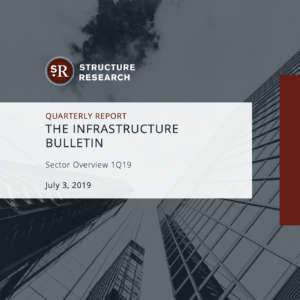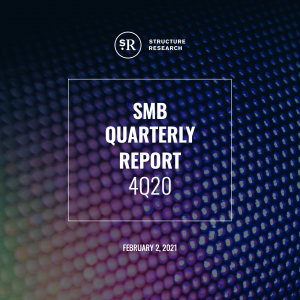Executive Summary
For most of its relatively short history, the infrastructure services sector has developed in an incremental fashion, even with the explosive growth of hyperscale accelerating transformation in various pockets of the sector. But in recent months, it is increasingly apparent that things are going to be a bit less predictable and there will be bumps in the road and even different phases and cycles.
Take the example of hyperscale. AWS has been clocking in consistently stellar growth rates with little if any veering off course. The data centre business has clearly benefited, with AWS and other hyperscale cloud platforms providing a consistent pipeline of demand for wholesale colocation capacity. That has kept everyone busy for several years. But will it just go on like this for the foreseeable future? There were bound to be changes and in recent months, there are signs this is happening. Hyperscale cloud growth has tapered off a bit and data centre operators are starting to see moderation in demand levels. A digestion phase seems to have kicked in where large commitments of capacity are still being filled out and absorbed till the next wave of demand and expansion kicks in. Of course, operators
are already diligently preparing as they secure land and power sources and contemplate new geographies.
It is worth reiterating that the ebbs and flows
of the sector do not take away from the larger directional trends. The sector is still moving to
a hyperscale-dominant world. That will leave
the non-hyperscale world a lot more focused and specialized and that reflected in the recent quarter on the product development and M&A sides of the game. New business models are being implemented and there is a continued push to drive revenue and margin from on top of the core infrastructure offerings that form the foundation of the business.
The sector remains a highly competitive marketplace. That will not change any time soon. The winners in this environment are going to be those that follow the shifts in the market and jump on to the profitable and healthy segments, while limiting exposure to the decline that is inherent in legacy offerings.






